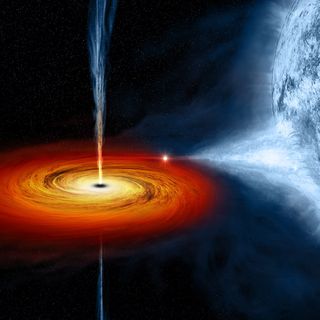A new study published by Cornell University has found out that existing stars in a galaxy fight the formation of newer stars — making it difficult for smaller galaxies to prevent dying out altogether.
Published on arXiv, this study ran computer simulations on the gas, stars and dark matter in low-mass dwarf galaxies to understand why these galaxies find it so difficult to rejuvenate themselves.
Star formation happens in gas-dense regions of space, known as ‘star-forming regions,’ or ‘stellar nurseries,’ that collapse to become stars. However, for the process to work, the gas must be cold and dense enough. The ultra-violet radiation that streams through space, and heats up the gas within galaxies, makes it hard for the gas to attain such low temperatures.
Related on The Swaddle:
Scientists Discover Closest Known Black Hole to Earth
According to the study, old stars in galaxies stir up the gas within and prevent it from achieving the density required to form new stars. Also, in addition to disturbing the density in this manner, exploding white dwarf stars, and winds from large red aging stars, heat up the gas as well, hindering the birth of new stars further.
But, the simulations have ignited hope by demonstrating that infalling gas, or gas moving under the influence of gravity toward a celestial object, can resurrect dwarf galaxies from the dead and restart the process of star formation in them — but the process could take six to eight billion years.
The simulations also revealed a number of low-mass dwarf galaxies that have acquired such infalling gas, but have not begun the process of minting new stars yet. “The kind of surprise and cherry on the cake was the fact that we can predict a new class of galaxies,” Martin Rey, an astrophysicist at Lund Observatory in Sweden who was part of the research, said.




